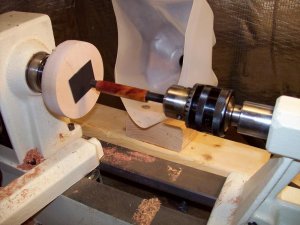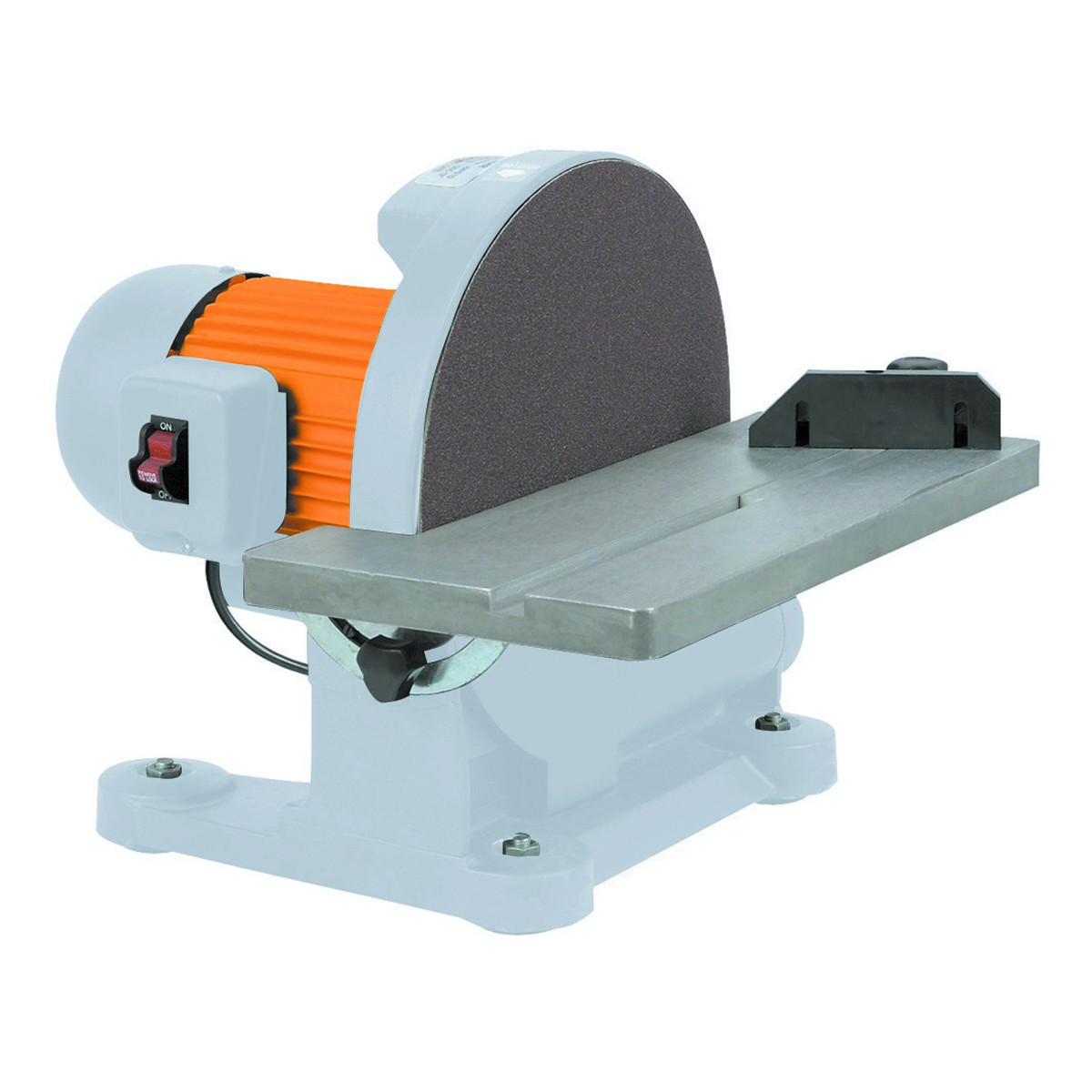I never know if I'm dredging up old discussions or not, and this seems like it must have come up at some point. So apologies if it's repetitive...
Is there a prevailing theory on which method of trimming blanks to barrel length is most effective and precise--a pen mill/reamer or sander? I've been using a pen mill recently and have noticed that often my blanks end up with frays at the end. I wonder if this is due to incorrect use of the mill. Or, would sanding be better for this? I have not tried sanding because I don't own an upright belt or circular sander that I can get perfectly flush.
Thanks for any advice you can offer.
-Mark
Is there a prevailing theory on which method of trimming blanks to barrel length is most effective and precise--a pen mill/reamer or sander? I've been using a pen mill recently and have noticed that often my blanks end up with frays at the end. I wonder if this is due to incorrect use of the mill. Or, would sanding be better for this? I have not tried sanding because I don't own an upright belt or circular sander that I can get perfectly flush.
Thanks for any advice you can offer.
-Mark


